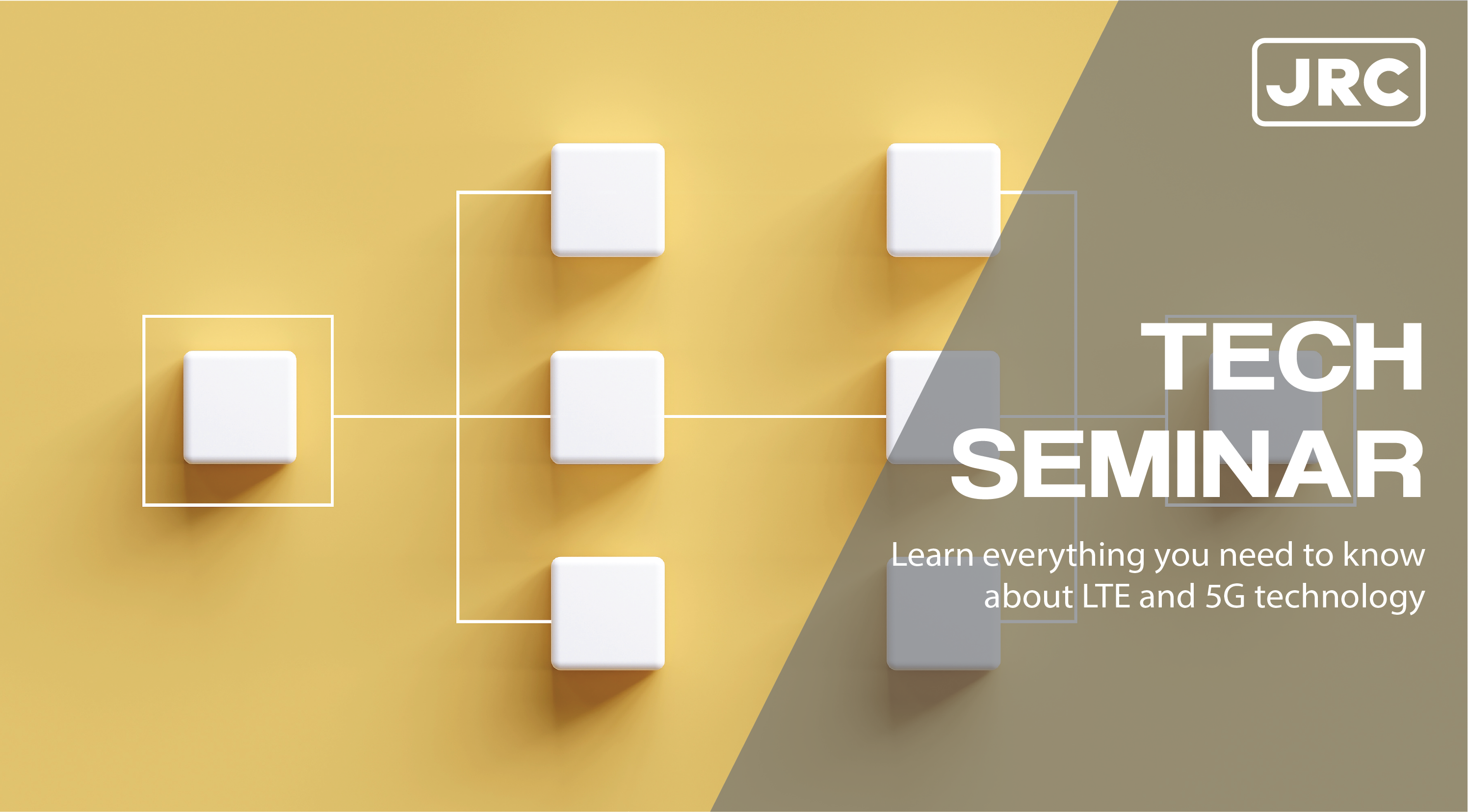Contents
JRC Tech Seminar Vol.7
Hello everyone, how was your holiday? Thank you for keeping reading our blogs last year. This year we will continue to provide quality content for you :)
In this seminar, we will talk about the LTE Protocol Stack, which is an important rule to enable communication between UE, eNodeB, and MME.
The content will be divided into two parts. This part is about the definition of the LTE Protocol Stack and the U-plane part of it whose role is to process the user data.
What is LTE Protocol Stack?
The LTE protocol stack means the layers of communication protocols (rules for communication). For example, suppose there are three rules for work A.
In this case, something is needed to confirm the three rules to perform work A. This something is the Protocol, and work A is Protocol Stack. The image is shown in Figure 1.
The LTE protocol stack includes U-plane, which handles user data, and C-plane, which handles data that controls when the UE connects or moves.
The important point is that during transmission, the data flows from the upper layer down, and during the reception, the data flows from the lower layer up.
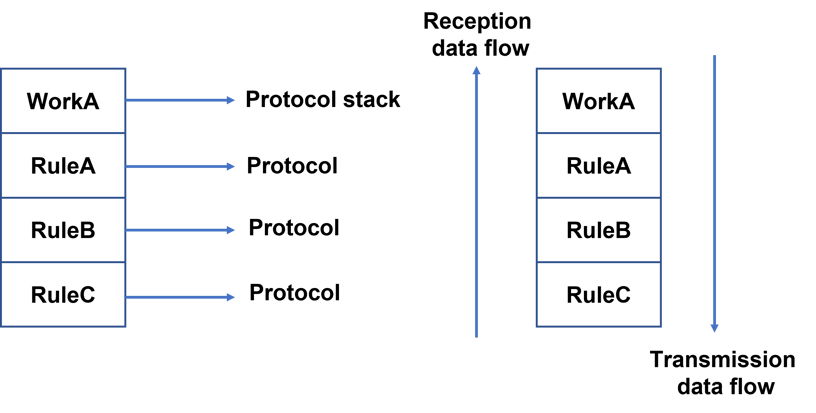
Figure 1: Image of the protocol stack
About U-plane
The overall diagram of the protocol stack for handling user data is shown in Figure 2.
The role of the U-plane is to convert the protocol data unit (PDU) from the UE or S-GW whose source is the eNodeB into the protocol for the destination.
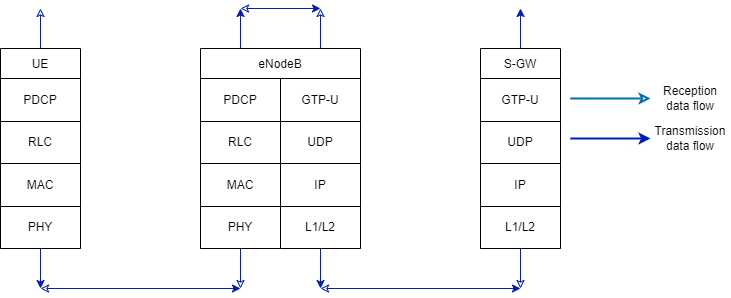
Figure 2 Overall view of U-plane
The roles and layers of each protocol are described below.
(1) Packet Data Convergence Protocol (PDCP)
Role: Header compression and decompression, the transmission of user data
Layer: 2
(2) RLC (Radio Link Control)
Role: PDU (Packet Data Unit) management in data transmission
Layer: 2
(3) MAC (Media Access Control)
Role: Channel generation that connects Layer 2 and Layer 1
Layer: 2
(4) PHY (Physical Layer)
Role: Defines modification method and modulation/demodulation method of signals to be transmitted/received.
Layer: 1
(5) GTP-U (GPRS Tunnelling Protocol for U-plane)
Role: Tunnel that connects eNodeB and EPS. Transmits encapsulated PDU.
Layer: 4 or higher
(6) UDP (User Datagram Protocol)
Role: To bridge IP and upper layer protocol (in this case, GTP-U)
Layer: 4
When the UE sends data in the beginning, communication packets have a header for each protocol. At the RLC layer, PDU is combined or decomposed into other packets depending on their length.
At the PHY layer, in addition to the PHY header, empty data is attached according to the Transport Block Size (TBS). This flow is shown in Figure 3.
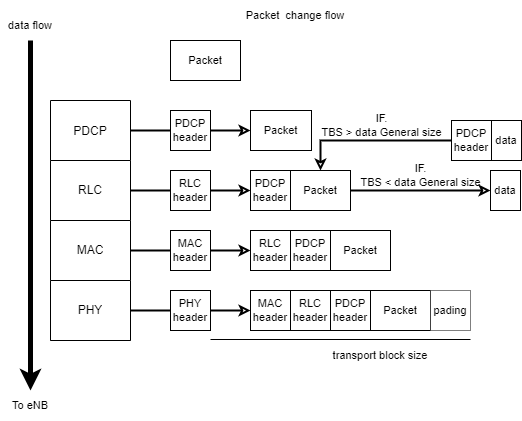
Figure 3 Conversion of packets when sending data from the UE
Next, when packets are sent from the UE to the eNB, the eNB stores the header attached to the received packet for each protocol as shown in Figure 4.
Furthermore, as shown in Figure 5, each protocol attaches a header corresponding to the protocol of the S-GW (EPC).
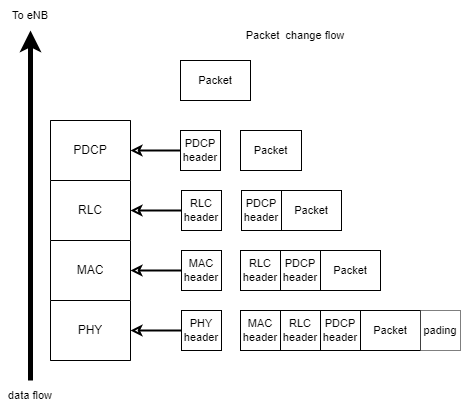 Figure 4 Conversion of PDU received from UE at eNB
Figure 4 Conversion of PDU received from UE at eNB
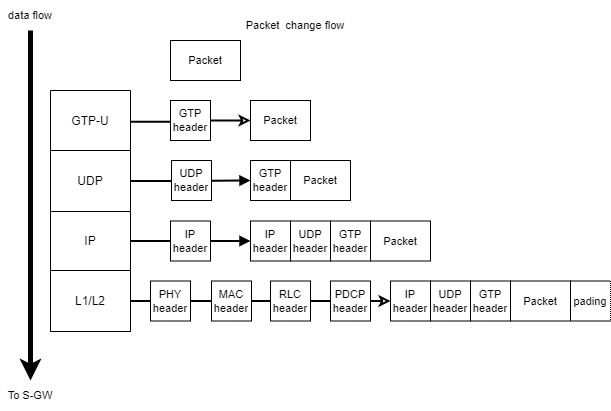 Figure 5 eNB to S-GW protocol stack in U-Plane
Figure 5 eNB to S-GW protocol stack in U-Plane
Next, as shown in Figure 6, when packets are sent from eNB to S-GW, each layer is collected for each corresponding protocol. The process in Figures 5 and 6 will be repeated in S-GW, in P-GW, and also in NW.
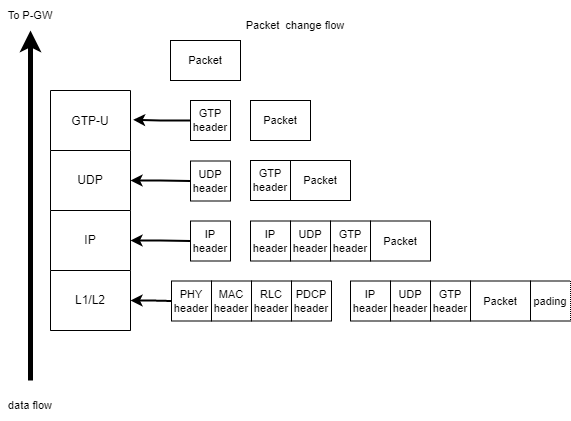
Figure 6 Conversion of PDU received from UE at S-GW
For further information about Private LTE, please check out our other blogs and use cases. If you have any questions, please do not hesitate to contact us.


